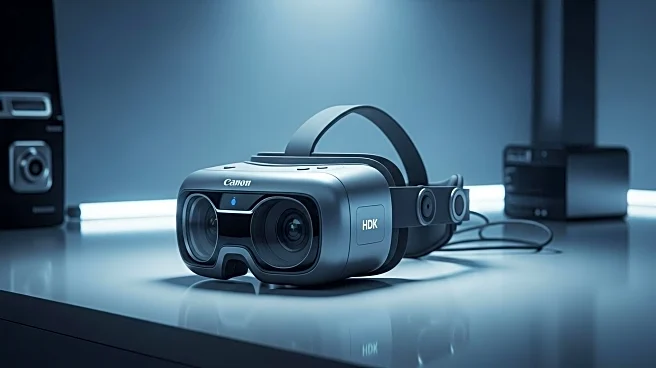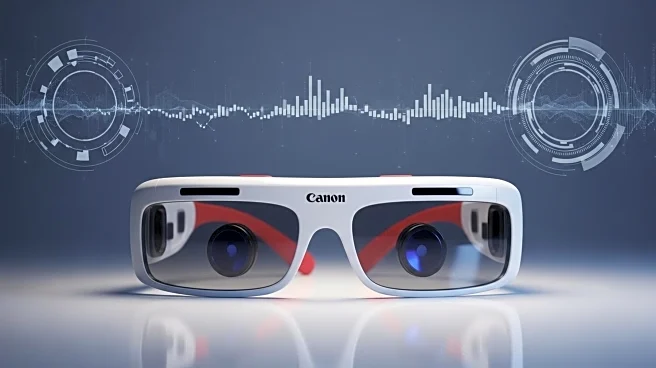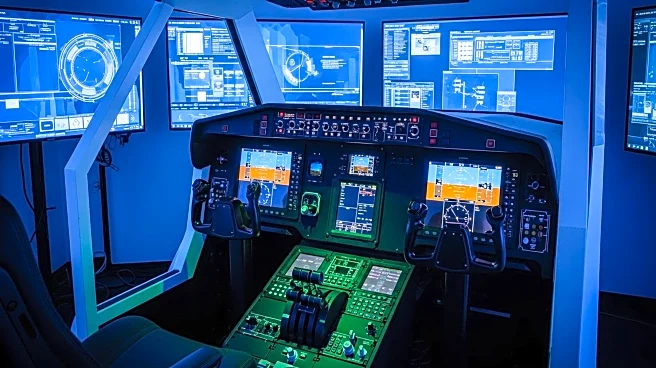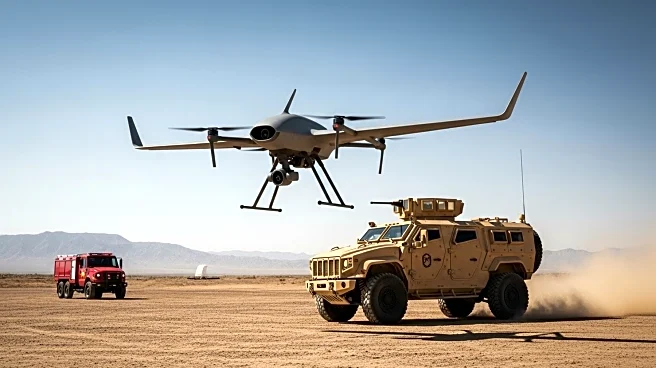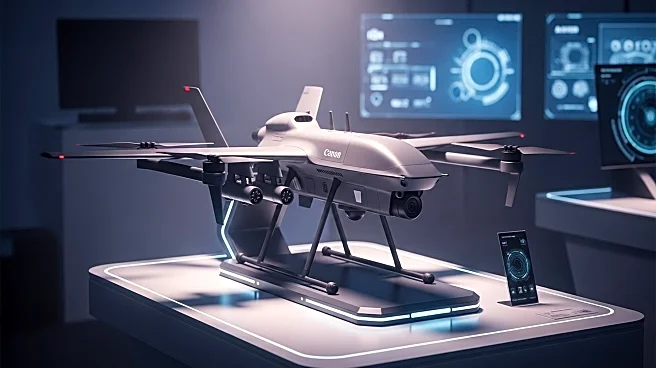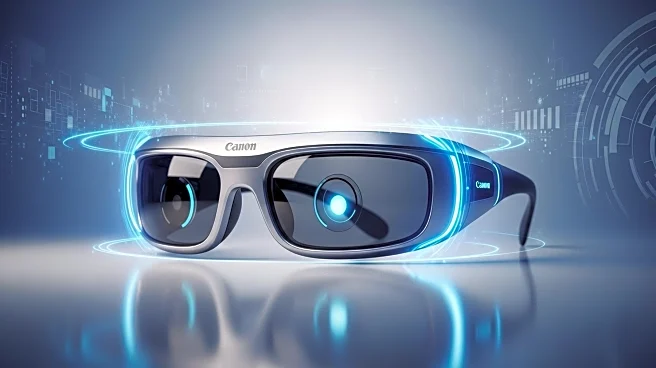What's Happening?
Anduril Industries has unveiled its new augmented reality (AR) helmet, EagleEye, following a $159 million prototyping contract awarded by the U.S. Army in September 2025. The EagleEye helmet integrates live sensor feeds, tracks teammates, and surfaces command tools, aiming to enhance soldier situational awareness. This development comes as the Army shifts its procurement strategy after previous issues with the Integrated Visual Augmentation System (IVAS) programs. Anduril's partnership with Meta to co-develop mixed-reality devices further highlights the convergence of defense hardware and commercial XR technology, potentially accelerating the adoption of AR in military settings.
Why It's Important?
The introduction of EagleEye and the substantial prototyping contract signify a pivotal moment for military AR technology, potentially reshaping soldier gear and mission execution speed. The collaboration between Anduril and Meta exposes commercial XR partners to direct military applications, raising stakes for both taxpayers and tech buyers. This development could compress procurement timelines, allowing for rapid field trials and software integration. The broader implications include potential privacy concerns and surveillance risks, as civil-liberties advocates express caution over the integration of commercial technology into military operations.
What's Next?
As the Army begins testing the EagleEye helmet, stakeholders should anticipate accelerated procurement processes and potential Congressional scrutiny over privacy and surveillance issues. The partnership with Meta may lead to further innovations in mixed-reality devices, blurring the lines between military and civilian AR applications. Industry analysts predict a significant increase in AR/VR headset shipments, driven by cheaper consumer models and renewed developer investment, which could lower unit costs for specialized military variants.
Beyond the Headlines
The convergence of military and civilian AR technology raises ethical and privacy concerns, particularly regarding data sharing and sensor usage. As commercial firms supply core optics and processing for military applications, the rules governing mixed-reality sensors and data sharing will need careful consideration. This development could lead to long-term shifts in how AR technology is perceived and utilized across different sectors.
